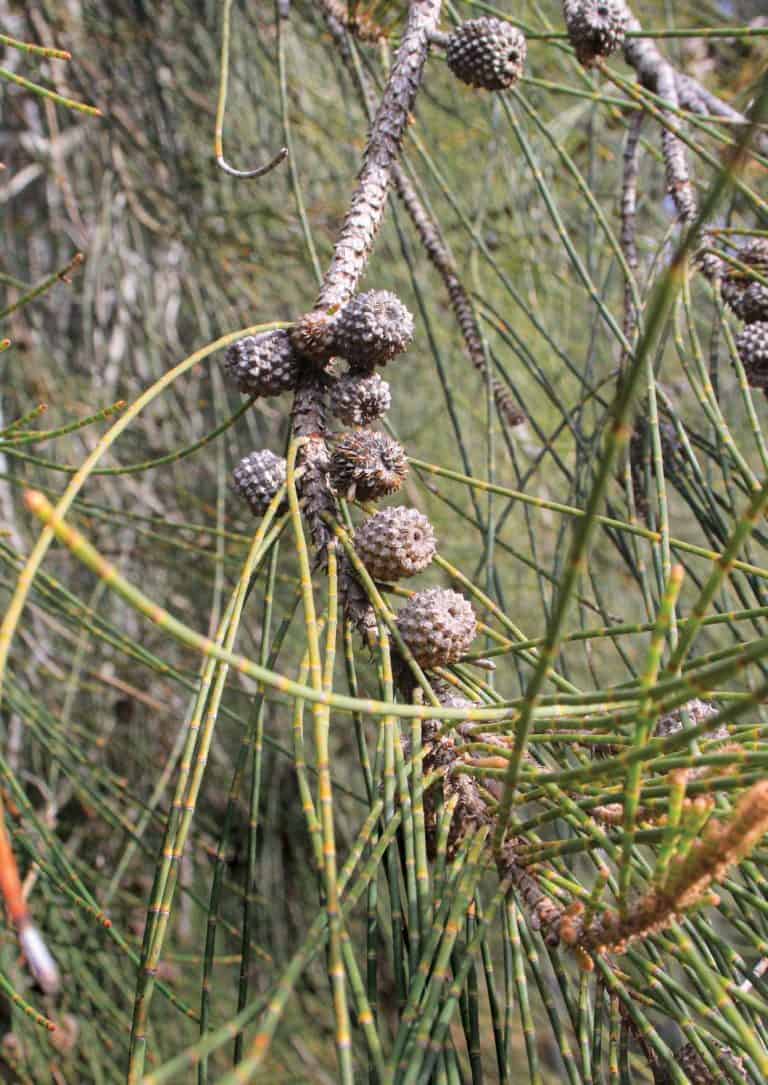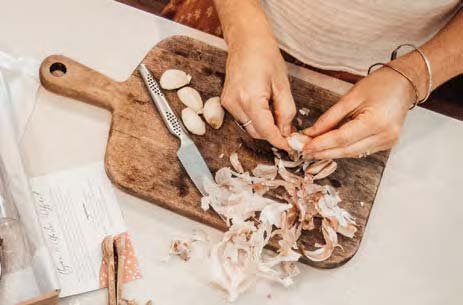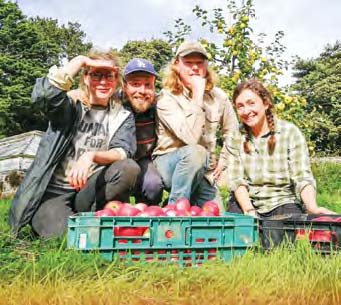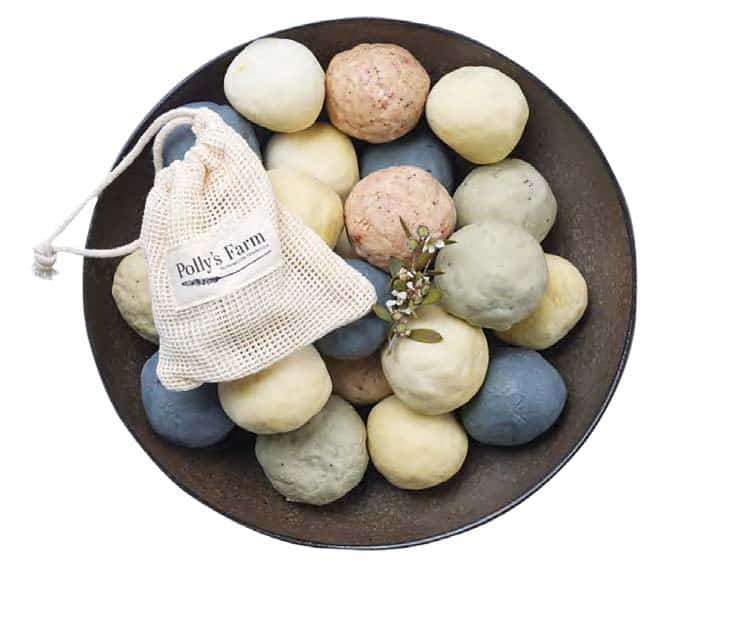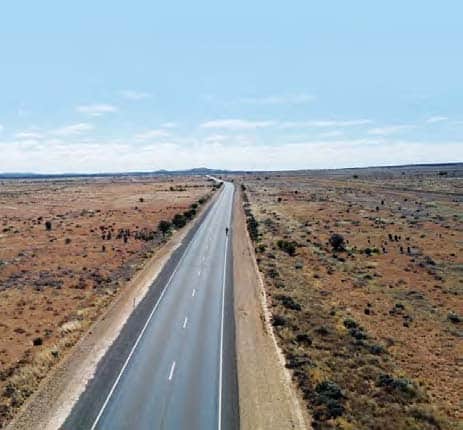URBAN FORAGING – Turkey tail mushroom

Striking in their appearance, Turkey tail (Trametes versicolor) mushrooms have been a favourite among foragers all around the world for many years due to their immunity- boosting properties.
Found in damp forests growing on dead or decaying hardwood trees, logs and stumps, turkey tail mushrooms are saprotrophic, which means they get their nutrients from dead organic matter which is breaking down.
As a result, they play an important ecological role in decomposing dead trees and recycling nutrients back into the forest ecosystem.


